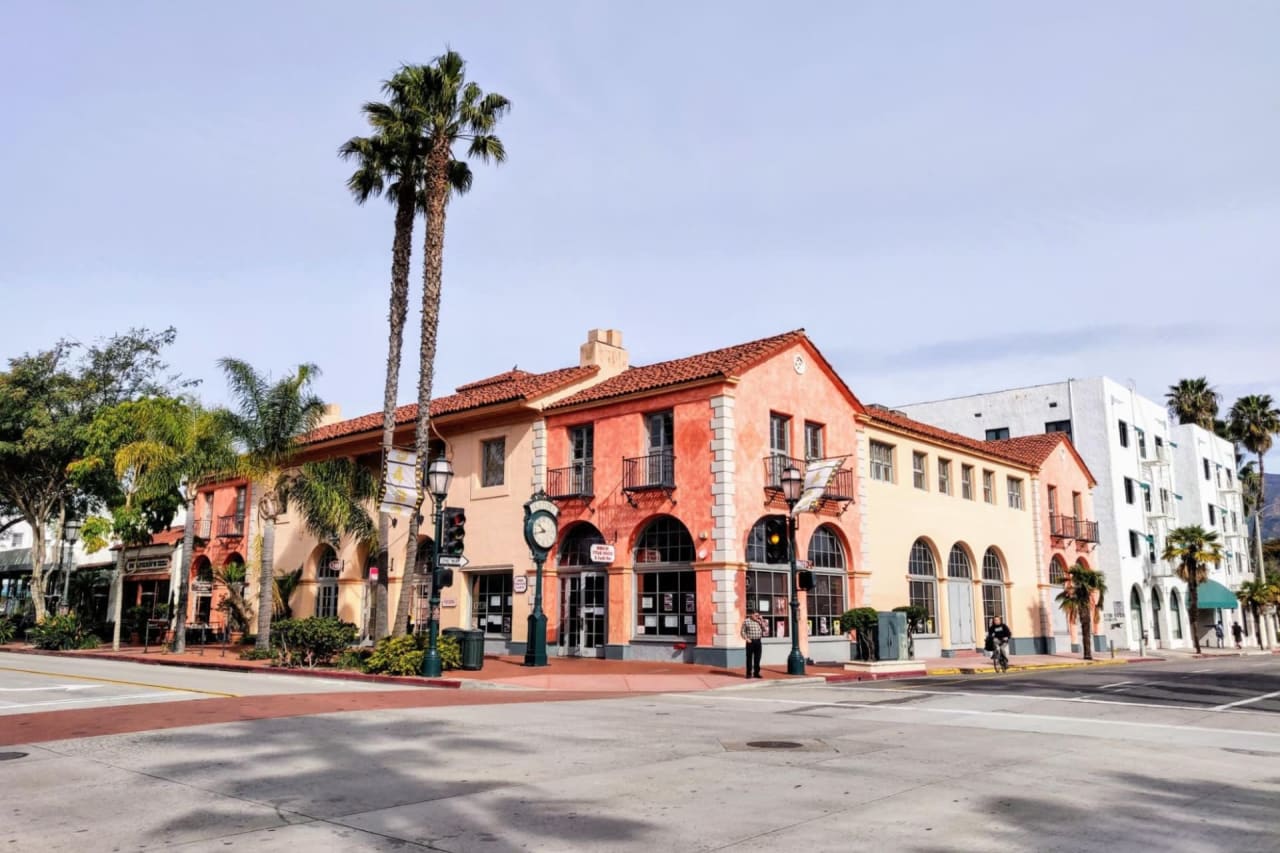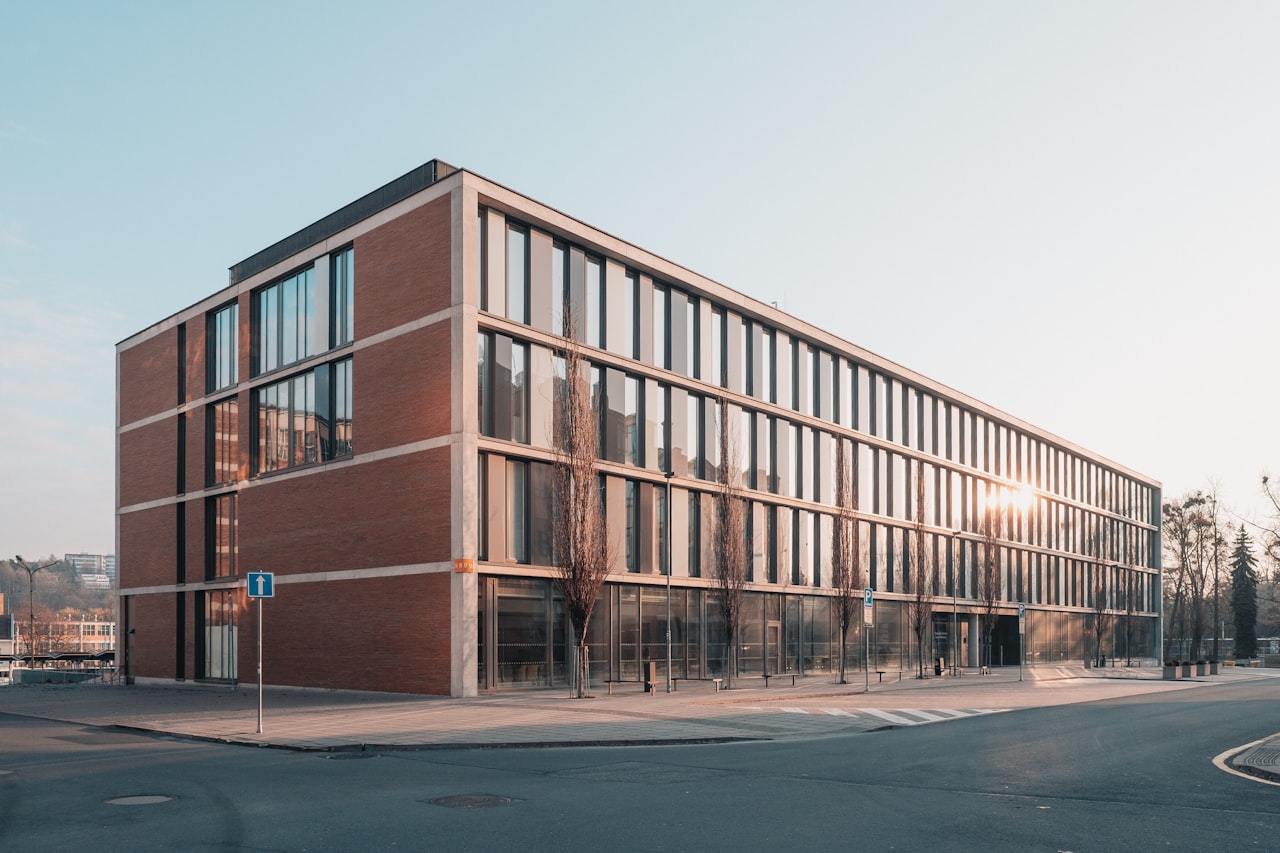National Industrial Index (NII)
- Major seaport markets dominate the top of the 2017 National Industrial Index, led by Seattle-Tacoma with one of the nation’s lowest anticipated vacancy rates and exceptional rent growth in the sector. Orange County and Los Angeles rode to the top with two of the nation’s busiest seaports, accounting for the lowest available in the country.
- The markets filling out the top half of this year’s Index comprises a geographically diverse group. Miami-Dade and Fort Lauderdale are the highest-rated Florida markets, while positive supply-and-demand dynamics enabled Detroit, Portland, and Cleveland to secure high rankings in the inaugural Industrial Index.
- New York City leads off the last portion as the area has been affected by a variety of market conditions, slowing rent gains while vacancy remains tight. Other markets in the second half of the Index rose behind brighter prospects, including San Diego and Denver.
National Economy
- Stout hiring and wage growth that occurred during the second half of 2016 continue this year, boosting consumer confidence and spending. The addition of roughly 2 million jobs will tighten the labor market further in 2017, raising wages and enhancing consumers’ purchasing power and retail spending.
- Employment growth dropped the unemployment rate to the low-4 percent range and will support wage growth as the labor market tightens further. These factors reinforce an increase in consumer spending this year and growth in e-commerce sales of 10 percent, generating additional demand for distribution space.
- Improving manufacturing conditions also represent a source of new demand, along with the rise in residential construction that will drive space absorption in small-bay industrial properties.
National Industrial Overview
- The proliferation of online retail is creating structural shifts in the industrial sector through a reconsideration of retailer space needs and supply chains. Cost savings found in storing merchandise in a warehouse and displaying products on a website are driving industrial space demand.
- Industrial demand will remain strong this year as businesses continue to expand into warehousing and distribution space, pushing net absorption past construction to compress vacancy 30 basis points. This year will mark the second consecutive year that supply growth surpasses 200 million square feet.
- Barring an unexpected interruption to supply chains and demand for goods manufactured in the U.S., the manufacturing sector is positioned to make positive contributions to the industrial property sector in 2017.
Capital Markets
- The movements in the long-term lending benchmark merit attention during 2017 even as the performance of industrial assets continues to improve and debt providers maintain favorable attitudes toward the sector. Banks remain the dominant source of financing, offering leverage in the 65 percent range and a variety of maturities.
- Following a rapid increase following the election, the yield on the 10-year U.S. Treasury has settled in the low- to mid-2 percent range. The Federal Reserve has taken a deliberate approach to raise its short-term benchmark throughout the current cycle but will likely become more assertive as the economy approaches full employment and inflation pressures mount.
- Roughly a third of surveyed loan officers tightened lending standards on construction loans in the second quarter, contributing to space demand overshooting supply increases in the industrial sector once again.
Industrial Investment Outlook
- Strong industrial property performance trends will sustain investor interest this year, although a modest pullback in activity reflecting economic uncertainty could continue. Unanticipated long-term interest rate behavior and short-term uncertainty in the Trump administration’s tax policy may cause investors to hold decisions until greater clarity emerges.
- Cap rates in many of the nation’s premier metros compressed, motivating buyers to move capital into secondary and tertiary markets. With a cap rate spread of 350 basis points between primary and tertiary markets, yield-seeking buyers may favor smaller markets.
- Soaring demand for industrial properties continues this year as rising rents and robust fundamentals motivate buyers. Strong property performance, though, is leading owners to hold onto assets, likely limiting sales volume this year as investors are met with the challenge of finding suitable properties to buy.

















